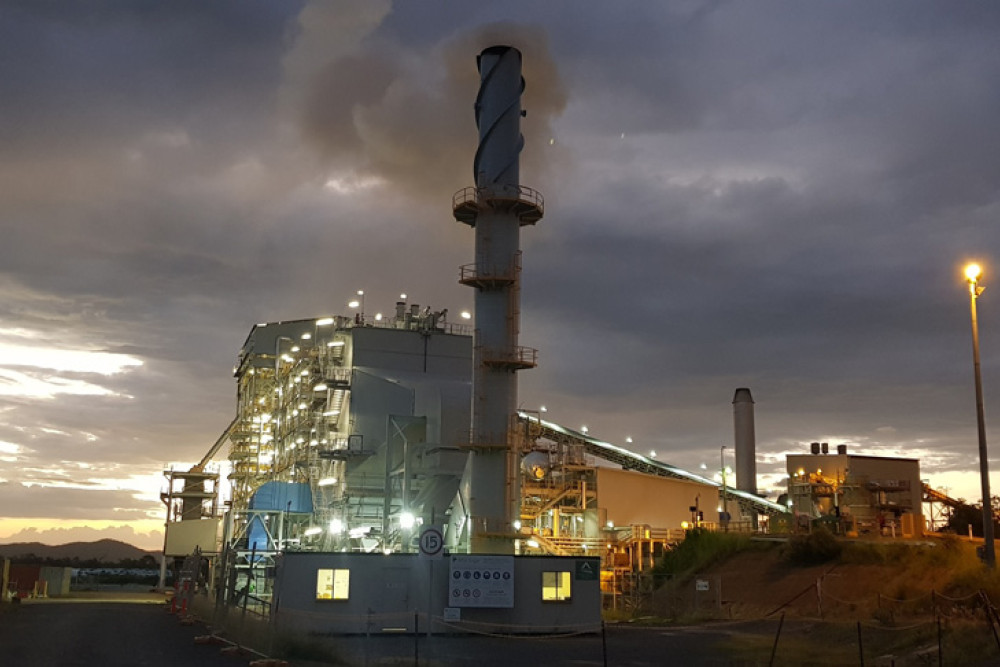General News
14 October, 2022
Mill falls behind energy target
A NEAR $100 million project to produce clean, green energy from sugarcane waste is only operating at 50 per cent capacity but the Tableland Mill is adamant its cogeneration plant will be at full strength in the coming months.

The plant’s woes were brought to light by Tableland Canegrowers president Claude Santucci during a public meeting held in Mareeba recently, organised by Katter’s Australia Party members Bob and Robbie Katter.
Mr Santucci expressed his concerns around the plant not being able to fully realise its potential due to “government intervention” and energy company policies.
“The local sugar mill has invested probably over $100 million in a cogeneration plant to produce clean, green energy,” he said.
“That project, sadly, is stumbling, mainly because of government intervention and policies in place for the energy companies namely Ergon.
“That plant is nowhere near reaching its full potential and probably won’t for quite a while to come and that’s really sad for us.”
The $86 million plant is supposed to convert 100 per cent renewable sugarcane fibre, known as bagasse, into green energy and produce enough power to light over 29,000 homes – the entire population of the Tablelands.
“When you have a resource like that sit-ting almost idle after such a big investment, albeit a foreign company, but they saw a future in Australia and had a commitment to invest and to see that left idle, is almost criminal,” Mr Santucci said.
Mr Santucci thought that Robbie Katter may be able to “intervene with the department to see whether we can alleviate the problems that MSF Sugar is facing in regard to that plant.”
Tableland Mill manager Peter Chohan has clarified that the plant itself is running in top shape at around 98 per cent efficiency but the issue lies with the turbine and generator.
Because the current equipment can only handle a certain load and must meet specific statutory requirements set out by the Queens-land Government and Energy Queensland, it is currently limited to exporting only 45 per cent of its full capacity into the grid.
“Tableland Mill and the Green Energy Power combined have been operating at 98.2 per cent efficiency this crush which is the highest in the Australian Sugar Industry,” Mr Chohan said.
“New power stations/generators over a certain capacity which supply power into the grid, need to undergo a rigorous commissioning process to ensure the generator will be a reliable and secure power provider.
“MSF and its consultants are currently working very closely with Energy Queensland and the Australian Energy Market Operator to meet the statutory requirements to operate the generator at full capacity on the national grid, anticipated for early November.”
Robbie Katter believes the cogeneration plant at the Tableland Mill is a viable option for energy production and he would like to see it operating at full capacity.
“The KAP are in a long running battle with the government who seem to confuse announcements and glossy brochures with real action on environment and in the North, we understand real solutions which includes a cogeneration initiative of MSF Sugar Mill,” he said.


